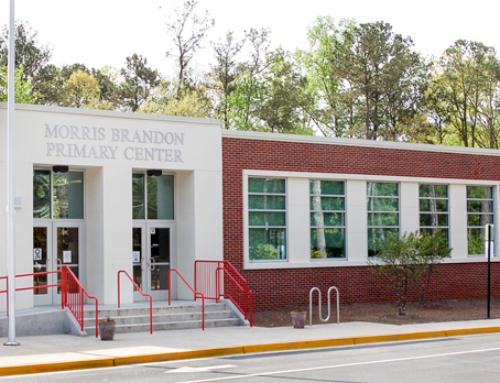
A school renovation has a hard deadline. A perfect learning environment for staff and students needs to be in place well before the first bell of the school year rings. To bring the project together on time, only the highest quality communication and service from a contractor will suffice.
Here is a checklist of best practices that your contractor should follow:
- Set clear milestones. The contractor should provide a clear project communication document that details everything owners, teachers, and support staff need to know about the completion schedule, in language that’s approachable and comprehensible to everyone. It’s not enough for contractors to hand out a technical construction schedule and expect all teachers, principals, and other interested parties to decipher it. After all, they’re not the construction experts.Look for a contractor who will provide you with a clear timeline – in layman’s terms – indicating major project milestones. If the projected turnaround time sounds too good to be true, it likely is. Ask in advance about the contractor’s history of meeting deadlines, and don’t be afraid to request references who can back up those success stories.
- Schedule building inspections as early as possible. An experienced contractor knows to schedule building inspections early. From the first day on the project, they should be reaching out to their connections and scheduling inspection visits for each critical move-in activity: when furniture is delivered, when teachers return, and finally, before your students arrive. Jurisdictions differ on their requirements but most will work with a contractor to provide sign-off for these and other interim milestones. Your contractor should be in communication with the building inspector from the outset about these timeline expectations.
- Give staff time to learn. Finishing a renovation the day before school starts isn’t good enough. It needs to be completed at least six weeks in advance so that everyone – from teachers to cafeteria workers to IT support staff – has time to learn how to use the new equipment. You don’t want to be faced with 2,000 hungry school children while the cafeteria staff figures out how to work the new ovens.
- Provide sufficient training. Although it is standard practice to provide operation and maintenance (O&M) manuals to property users after a renovation, an experienced contractor will provide them well before handing over the keys to the school. At the very least it’s important to have the manuals before the school reopens. Once occupied, there should be no questions about how to operate the HVAC system or clean the carpets. Receiving operations manuals two or more months after the school is turned over creates unnecessary stress for maintenance staff, can allow improper cleaning to occur on sensitive finishes, and can even delay scheduled maintenance on important equipment.
- Provide a tour of the facility. School administrators need to feel comfortable in the new space. Though it’s the contractor’s prerogative to offer a site tour, a quality contractor won’t miss the chance to conduct a tour at the earliest opportunity. Tours give everyone the opportunity to ask questions and offer input. To go above and beyond, contractors can arrange to have someone on call to speak with stakeholders after the tour is over.
- Provide staff to supervise movers and deliveries. Teachers can’t help but accumulate piles of educational materials for their classrooms. A good contractor will be able to recommend reliable movers and delivery companies to help with the transition into the new facility; the best will ensure that people are on hand to help with installing and setting up furniture and fixtures. This helps speed up the process and ensures that everything is exactly where school staff need it to be. Top contractors will even provide personnel to oversee the movers and make sure they have access to the building.
- Make time for communications installations. Communications installations (daily bells, phones, and computers) should be included in the contractor’s schedule. He or she must ensure that rooms are ready for telecom providers to install computers, phones, and other audio visual equipment well in advance. Delays aren’t an option. Staff needs to know how to work the bell system, activate fire alarms, and access WiFi well before the first student arrives.
- Make sure it’s as clean as possible. It’s one thing to clean up a site before the users occupy it; it’s another thing entirely to make sure it’s spotless once everything has been installed, turned on, and tested. Top quality contractors will provide an additional cleaning service following move-in to ensure the school sparkles from day one.
School renovations face tight turnaround times and budgets. A seasoned contractor will keep the lines of communication and collaboration open so that the end product satisfies owners, stakeholders, and students alike.



